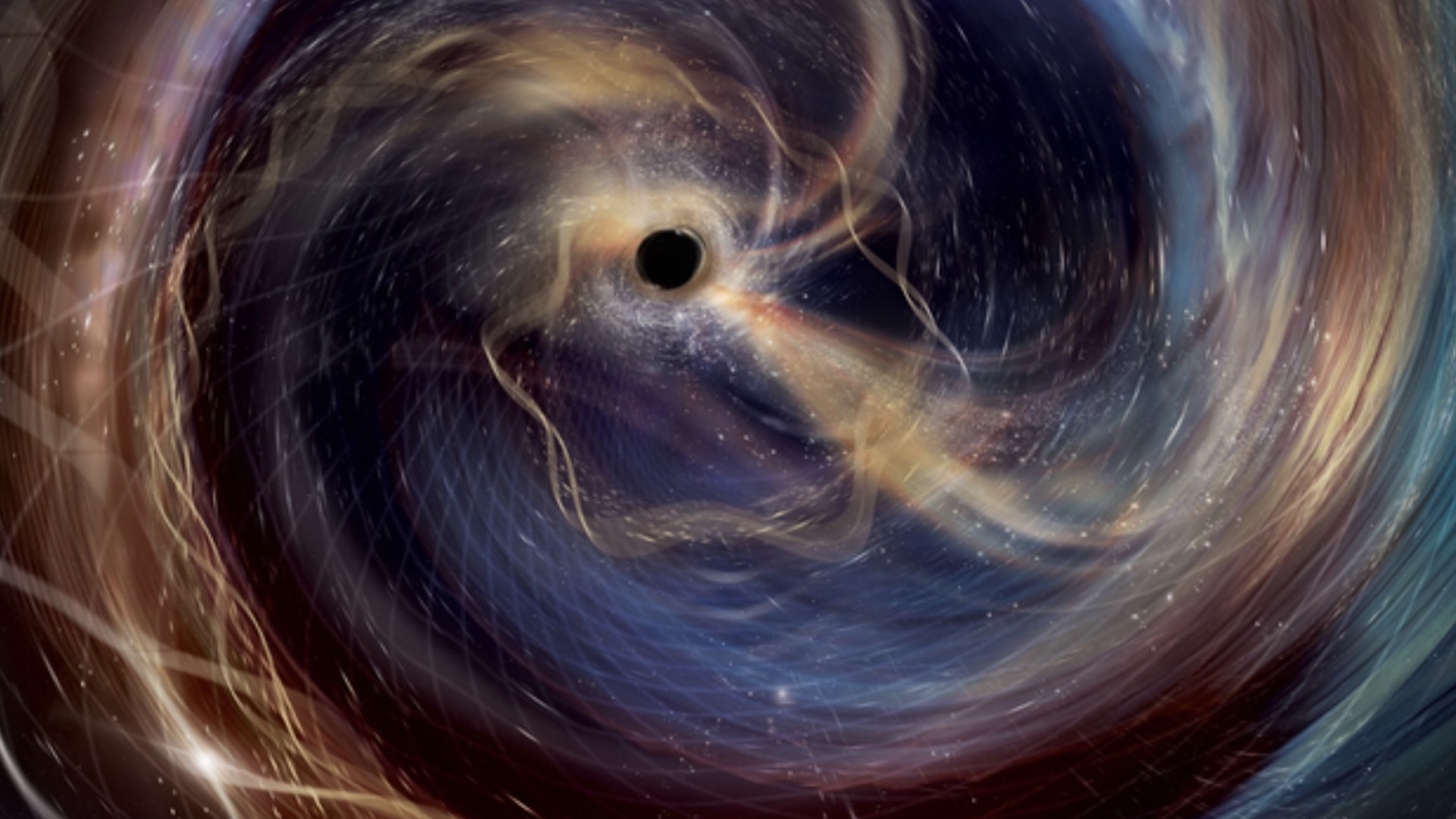Moths' Eyes Inspire Reflection-Free Displays

A new way to recreate the special patterns found on moths' eyes onto plastics could lead to remarkably reflection- and glare-free display screens for televisions, cell phones and more.
Makers of transparent plastic screens have long envied the lusterless eyes of moths, which evolved to prevent light from reflecting off them and catching predators' attention.
Though several companies have made products studded with nanostructures that mimic these antireflective bumps over the last decade, high costs and fragility have limited the adoption of "moth eye."
"There's very little moth eye out there," said Michael Foley, president and CEO of Reflexite, a Conneticut-based company that has sold moth-eye derived wares, such as projector displays, since 1999. "It's one of these Holy Grail products that if you could make it in large quantities and also have it be scratch-resistant, it would be a huge breakthrough."
The Fraunhofer Institute for Mechanics of Materials IWM in Freiburg, Germany, a long-time leader in the field, recently announced progress in bringing about this "duller" future.
Researchers there have demonstrated how to create a moth eye pattern on plastics during so-called injection molding, rather than afterwards in a separate step, that is also scratch-resistant.
During the common manufacturing process of injection molding, molten plastic is squirted into a mold where it then cools, assuming a desired shape.
Get the world’s most fascinating discoveries delivered straight to your inbox.
Bumpy, moth-inspired textures can be etched onto plastic once it has hardened, and newer methods print directly in the mold, rather like how poured-in dough takes on a waffle shape as it cooks in a waffle maker.
But the plastic sometimes sticks to the mold and so does not pick up the pattern well, and scratches from normal wear-and-tear and cleaning of products can ruin their fragile, virtually reflection-less surfaces.
To address these issues, the German researchers developed a coating that lines the mold chamber. The coating picks up the contours of a light-absorbing nanostructure already etched into the mold cavity. This coating then remains on injected plastic that solidifies in the mold.
During this process, a thin, protective polyurethane sealant floods in and goes over top of the coating, making it wipe-resistant for easy cleaning without scratching.
Frank Burmeister, lead author of a 2009 paper describing aspects of the ongoing research and a project manager at IWM, said that "we believe that the new fabrication method" offers huge cost and manufacturing advantages over "conventional varnishing processes."
Lights off
When reproduced on plastics, tiny moth-inspired bumps, pyramids or meshes cut down light reflection to fewer than three percent, Burmeister said. Reflexite's best moth eye-based materials reflect just half a percent.
The trick to how this works is that the bumps are a mere couple hundred nanometers, or billionths of meter, in height, making them smaller than wavelengths of incoming light. Moths' eyes absorb light extremely well and do not glimmer because light passes into their corneas without disruption, allowing the flying insects to see keenly in the dark while not giving themselves away.
These bumps are typically splayed in a hexagonal pattern over a moth's round eyes. The whole setup and phenomenon is akin to the sound-proofing foams made for rooms. These surfaces prevent echoes – the reflection of sound – with ridge patterns that are humongous compared to moth eye bumps.
Clear applications
The technological promise of moths' eyes has remained mostly unfulfilled ever since scientists discovered their characteristic bumps using microscopes back in the1960s.
If a truly economical moth-eye product were to come out, Foley said "100 percent of the television market would convert that day." Similarly effective though expensive antireflection films only appear in high-end sets such as plasma televisions currently, Foley said.
Televisions, however, are just the tip of the iceberg: computer monitors, mobile device screens, eyeglasses and everyday windows could all benefit from scratch-resistant moth eye plastics and films made on the cheap.
Solar cells, for example, outfitted with moth eye would reap significantly more electricity if less light were lost to reflection, Foley said. (In fact, the first moth eye applications emerged during work on solar power at the Fraunhofer Institute.)
Another good place for this technology, according to Burmeister, is the clear view screens placed across speedometers and other dashboard gauges in automobiles.
Conventional antireflection coatings that use different layers of material to cancel out light waves are too expensive for use in automobiles, Burmeister said. Accordingly, view screens are often curved and placed below a hood on the dash to reduce reflections from direct sunlight.
A cheaper coating enabled by the new moth eye manufacturing technique could eliminate the need for these measures and allow automakers "more freedom of design" in vehicle interiors, Burmeister told TechNewsDaily.
Antireflective cell phone displays with better visibility are also a possibility, said Burmeister, but the durability of the nanostructured polyurethane skins will need further investigation before someday going into production.
"There is still a lot of work to be done," said Burmeister, "but our results are very promising."
• Holy Bat Trick! Biosonar Could Give Robots Night Vision • Cat Brain Inspires Computers of the Future • 10 Profound Innovations Ahead

